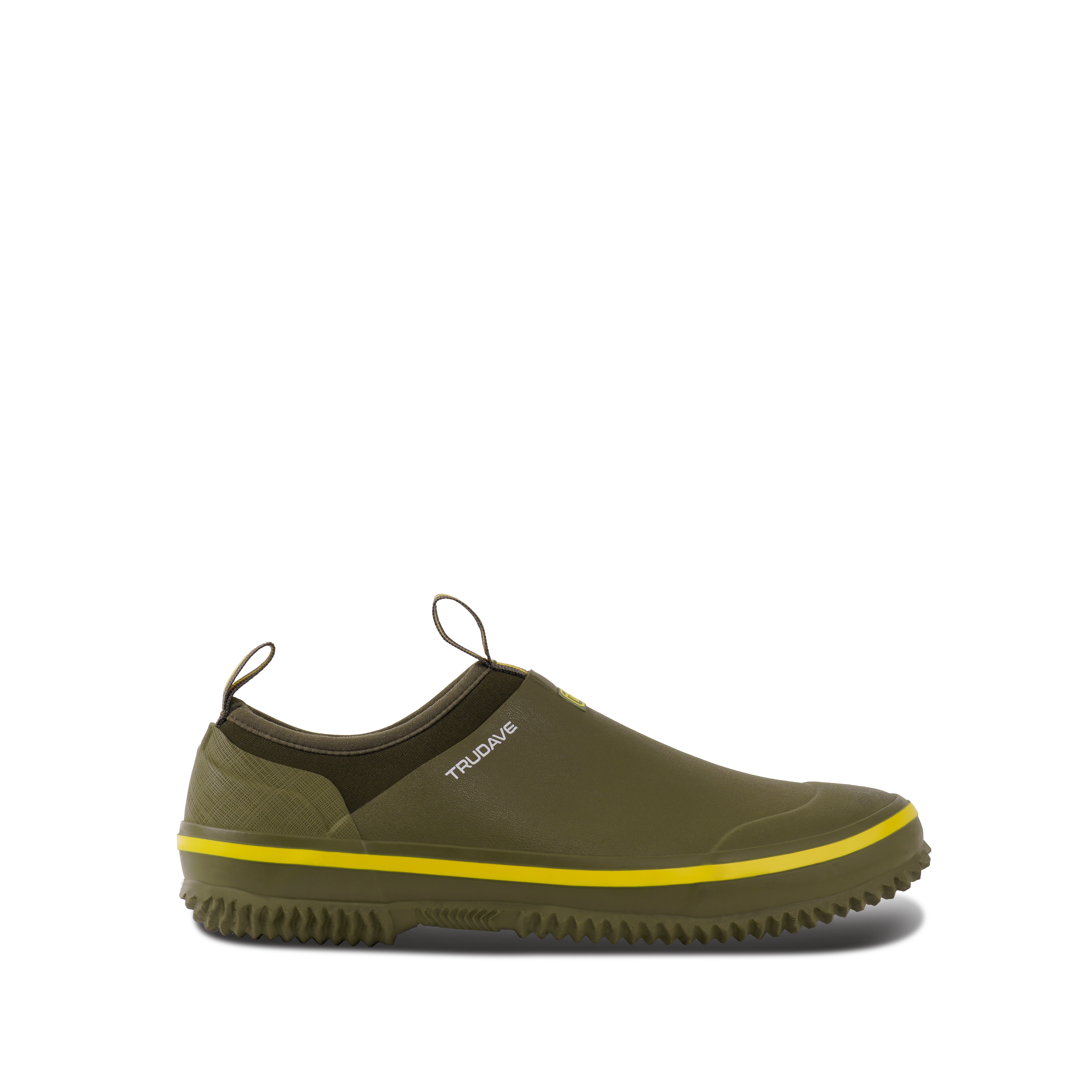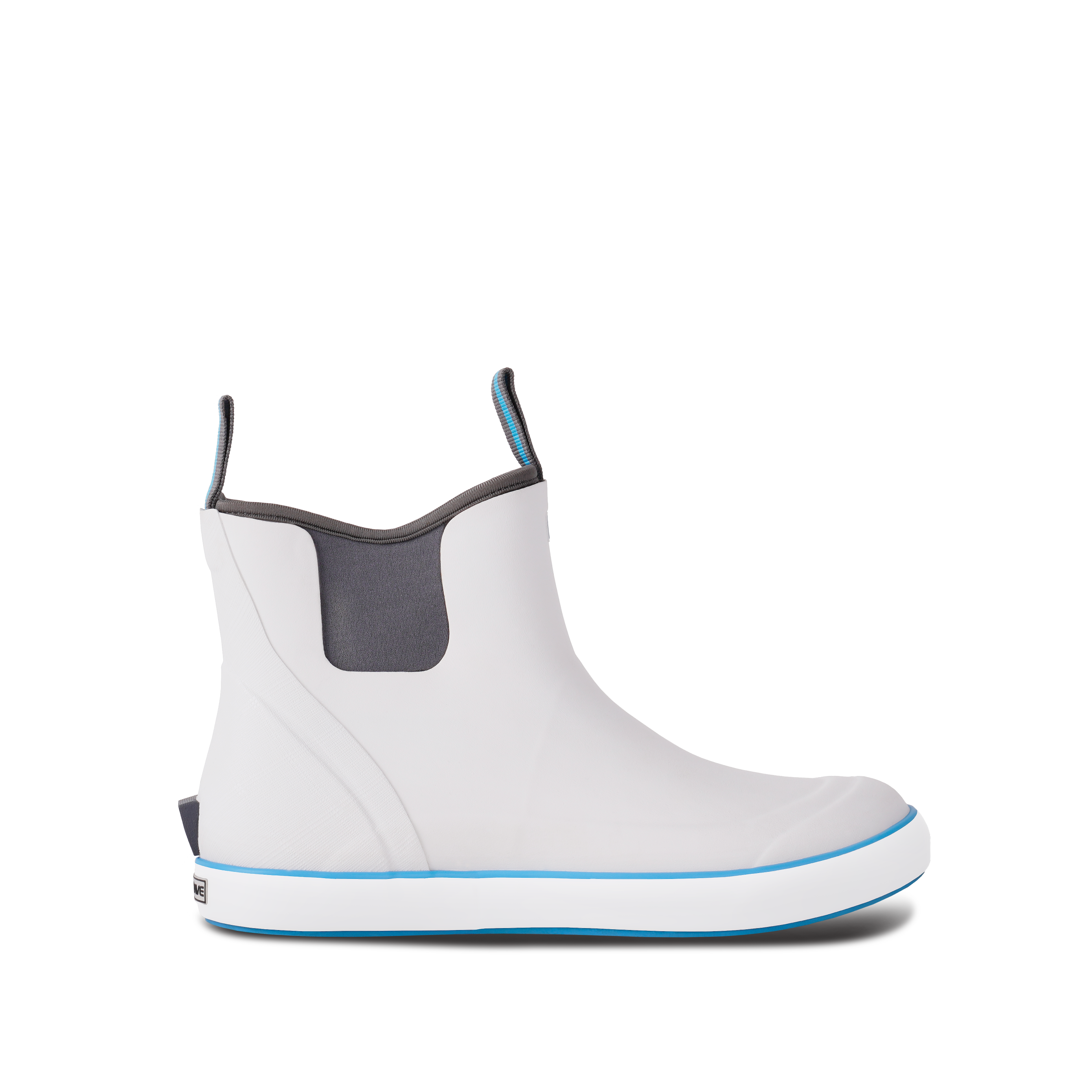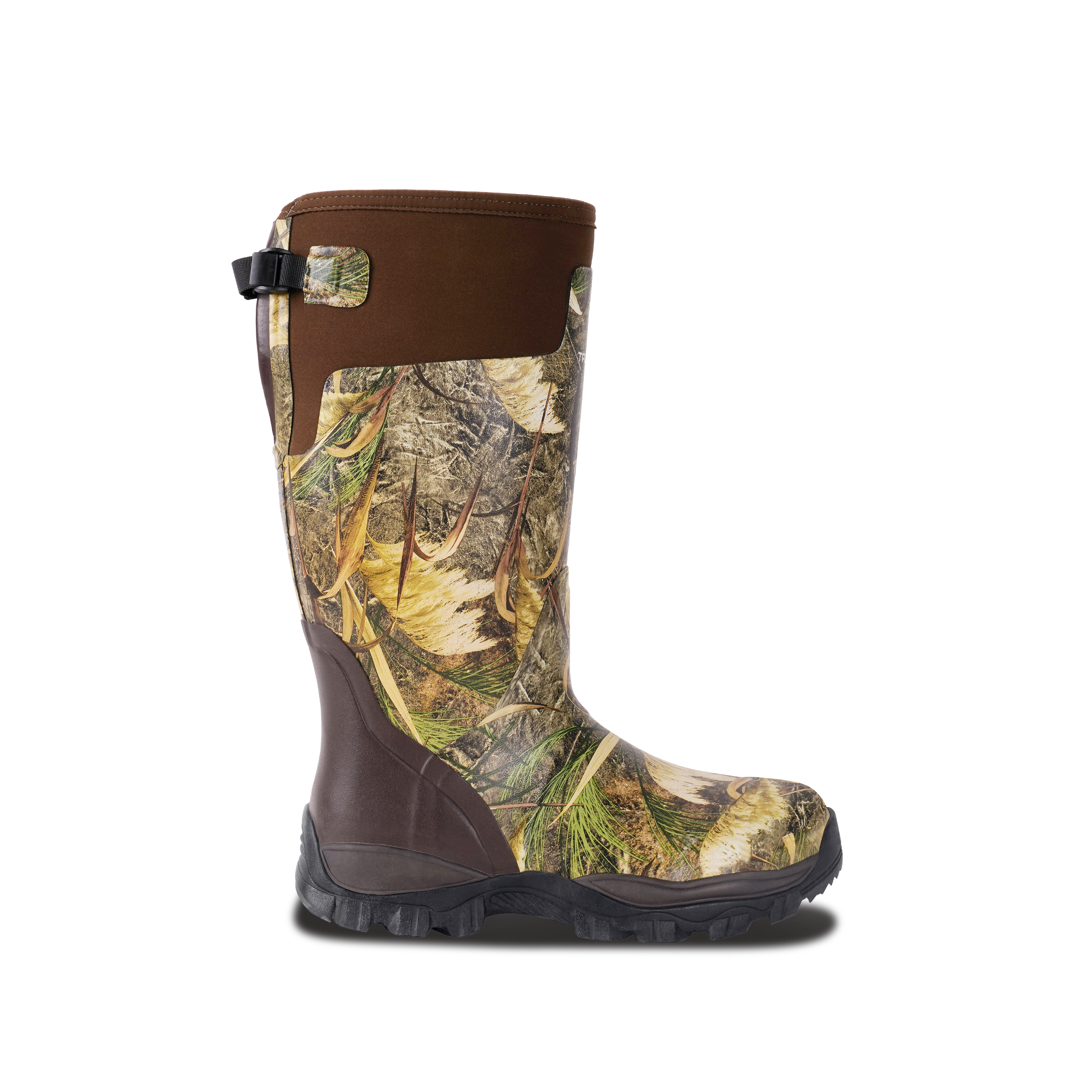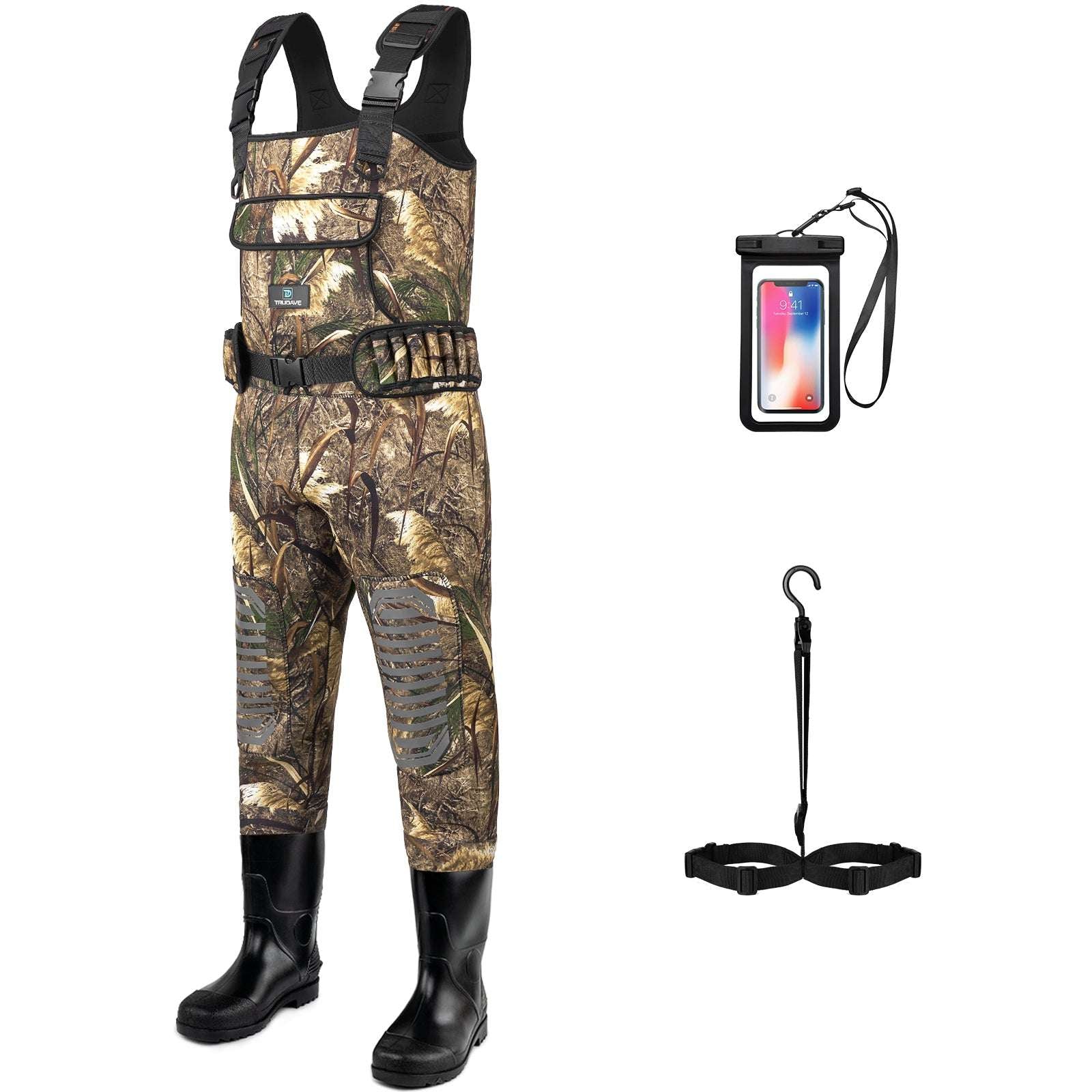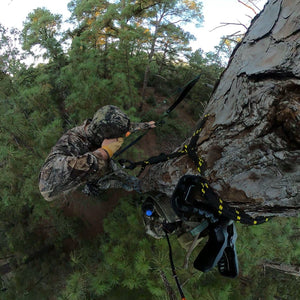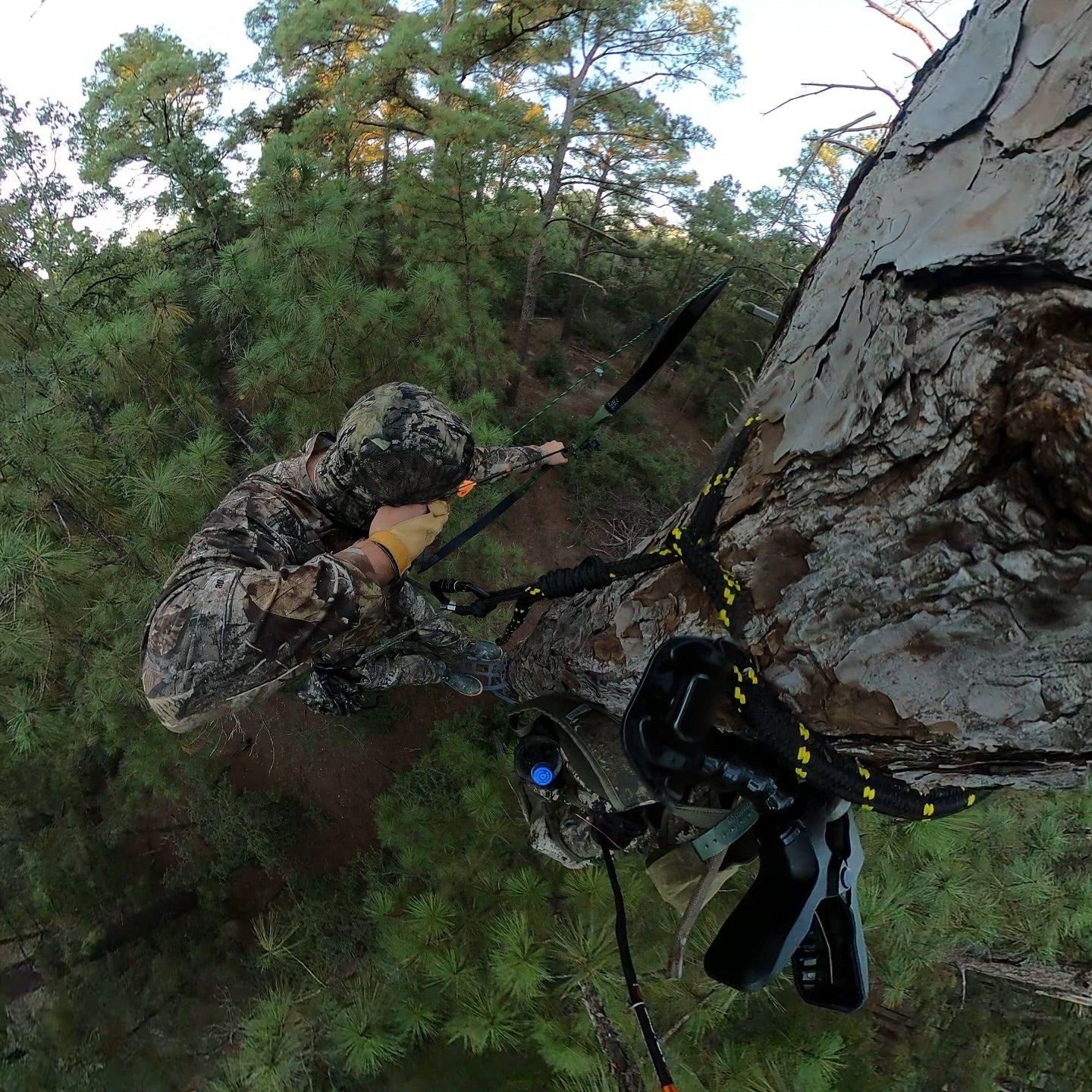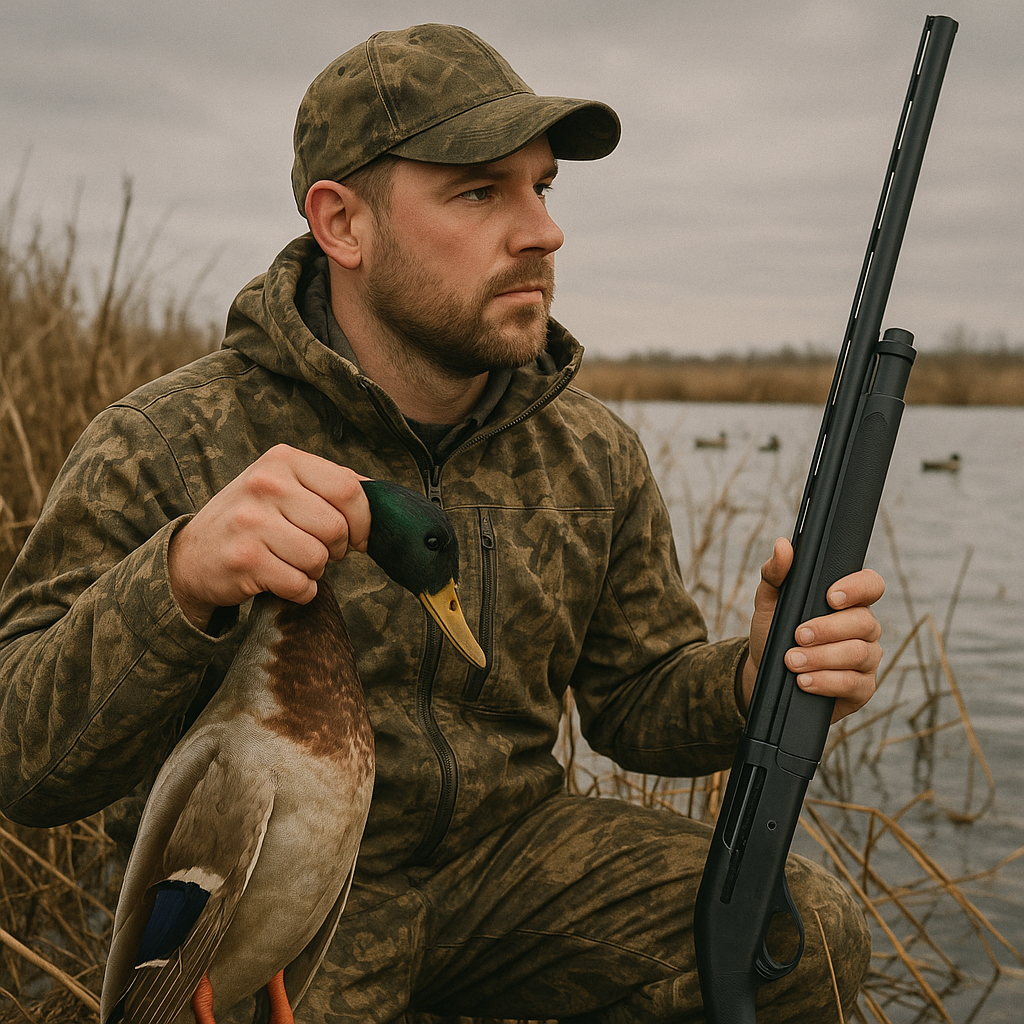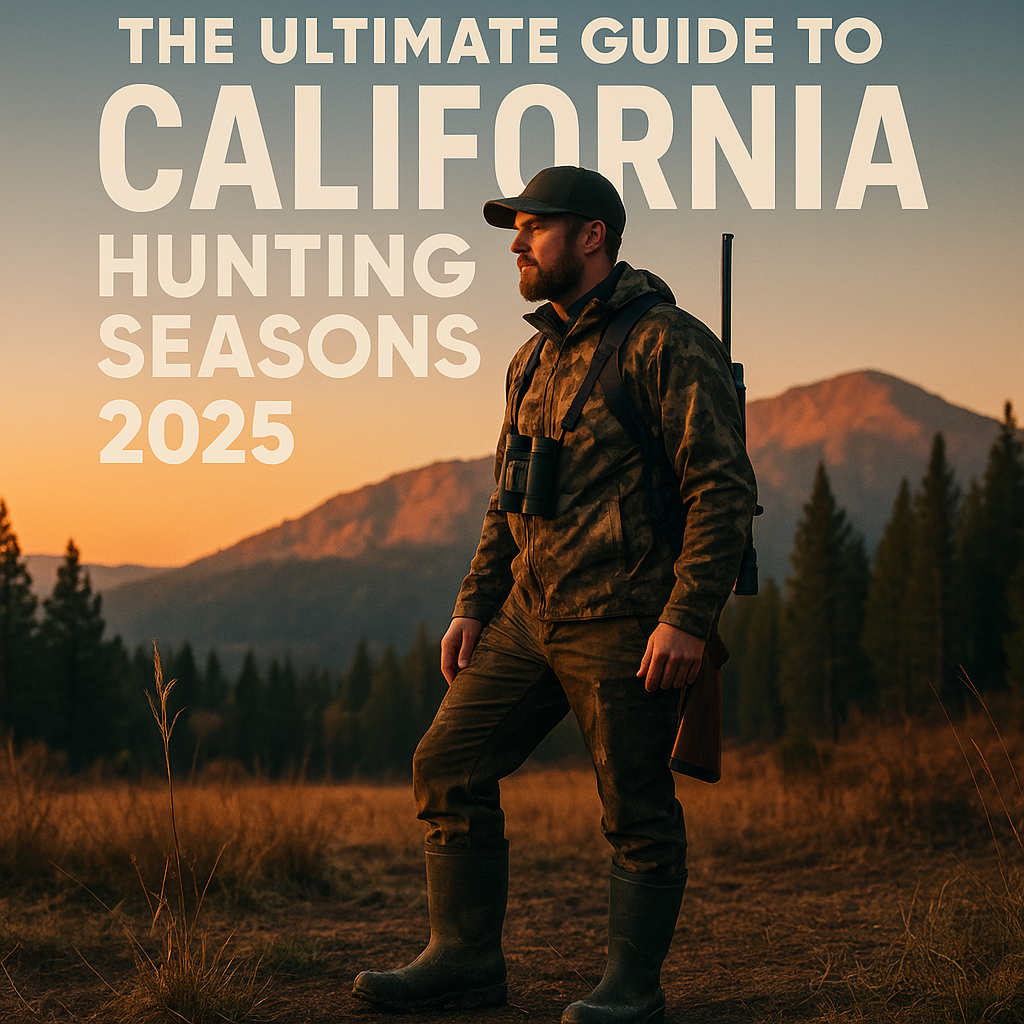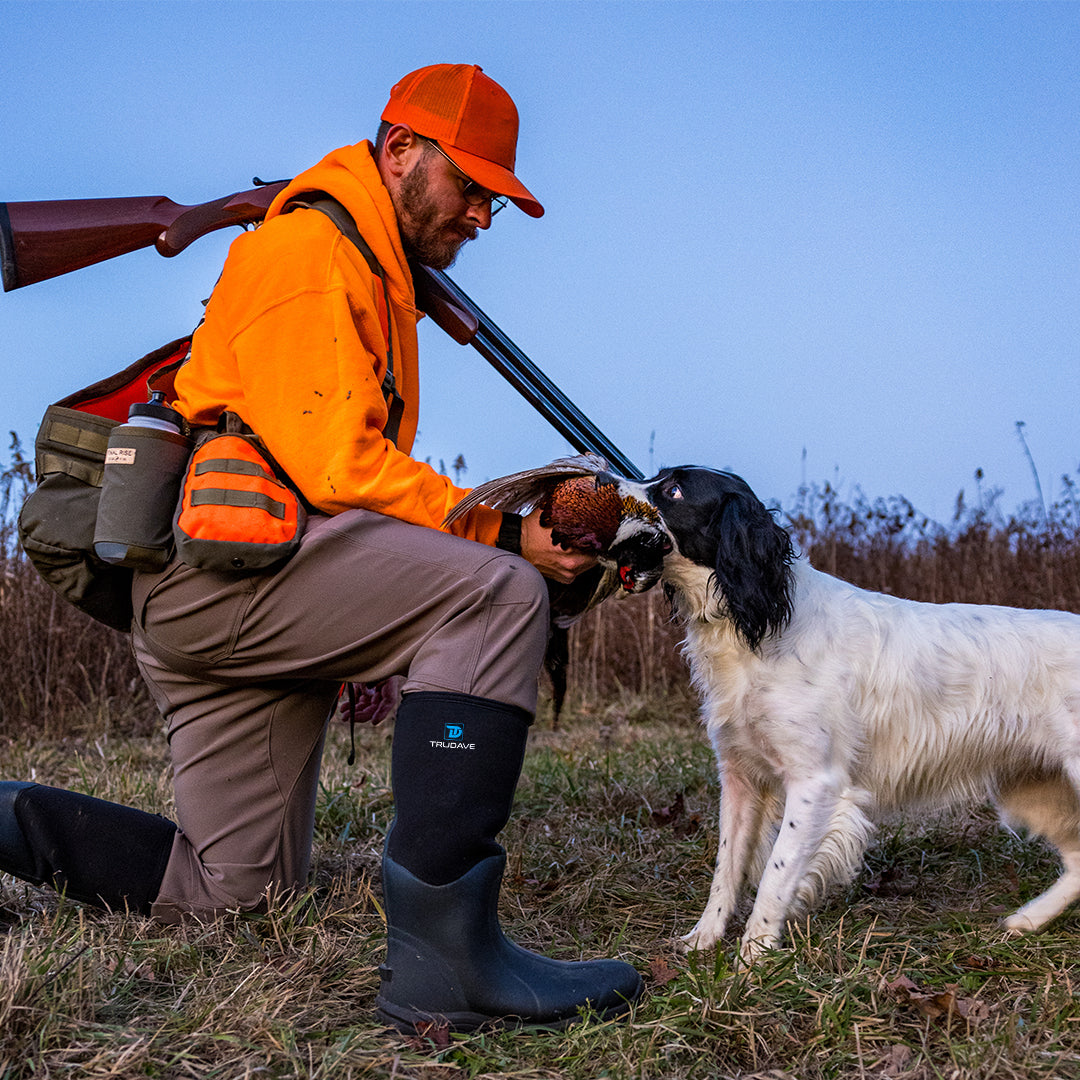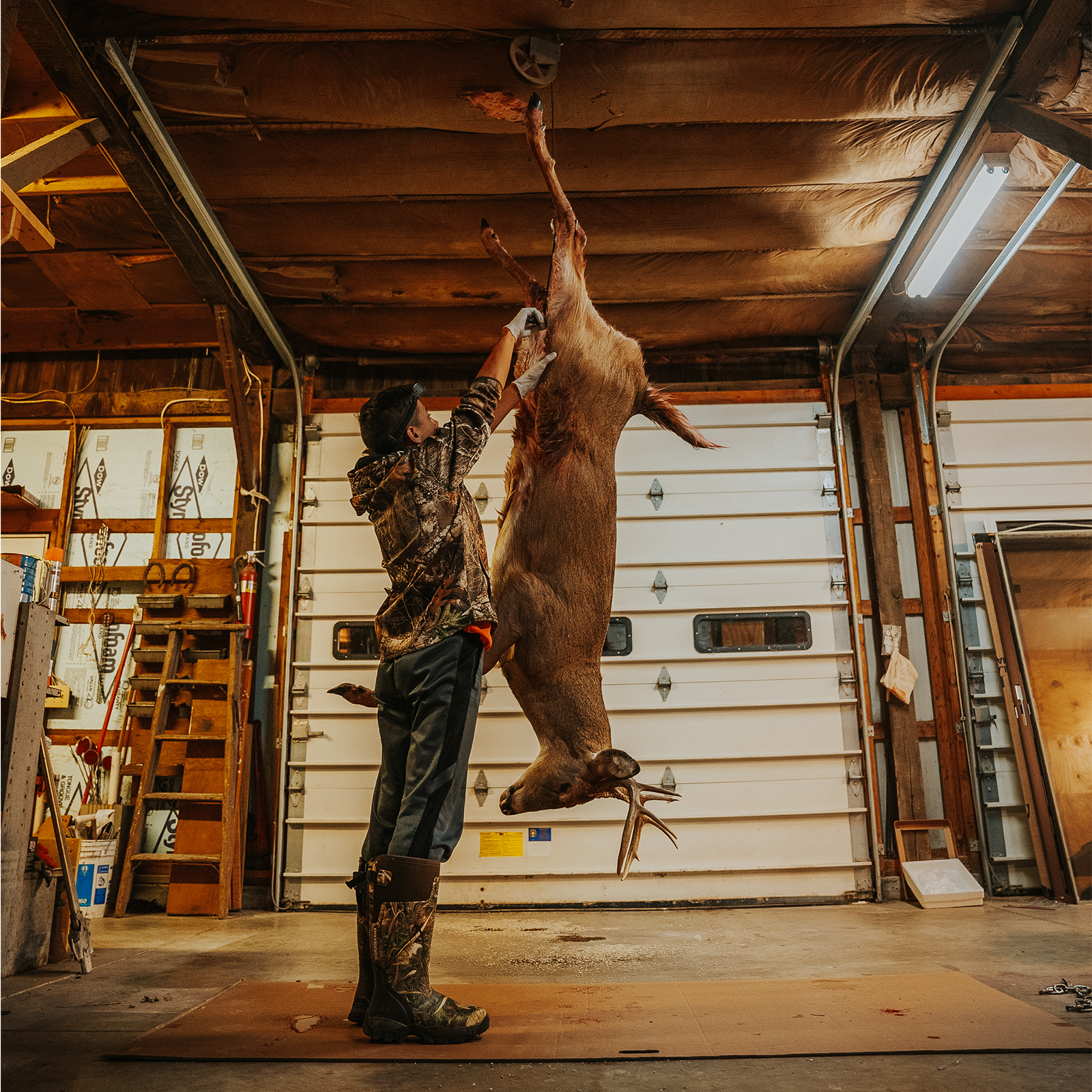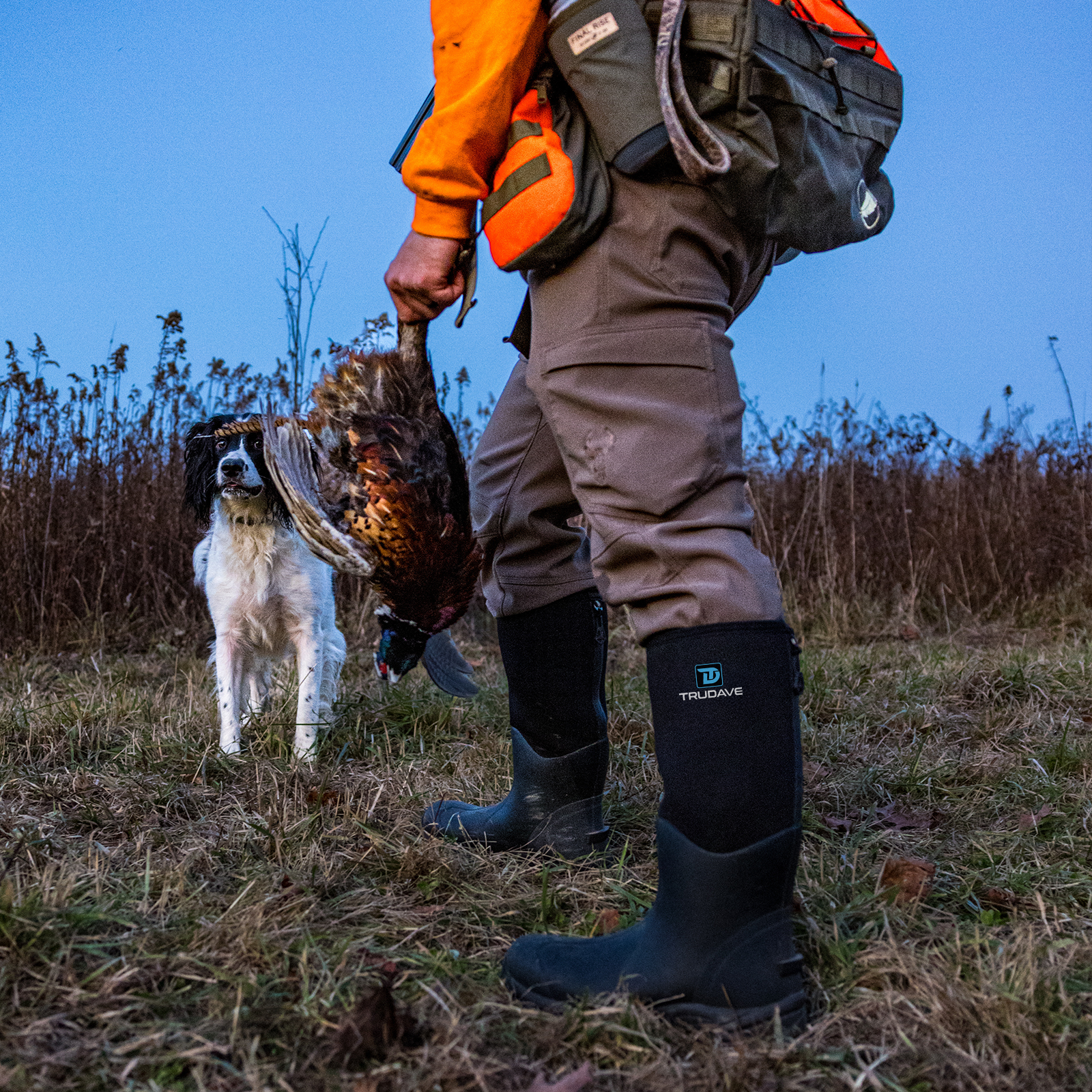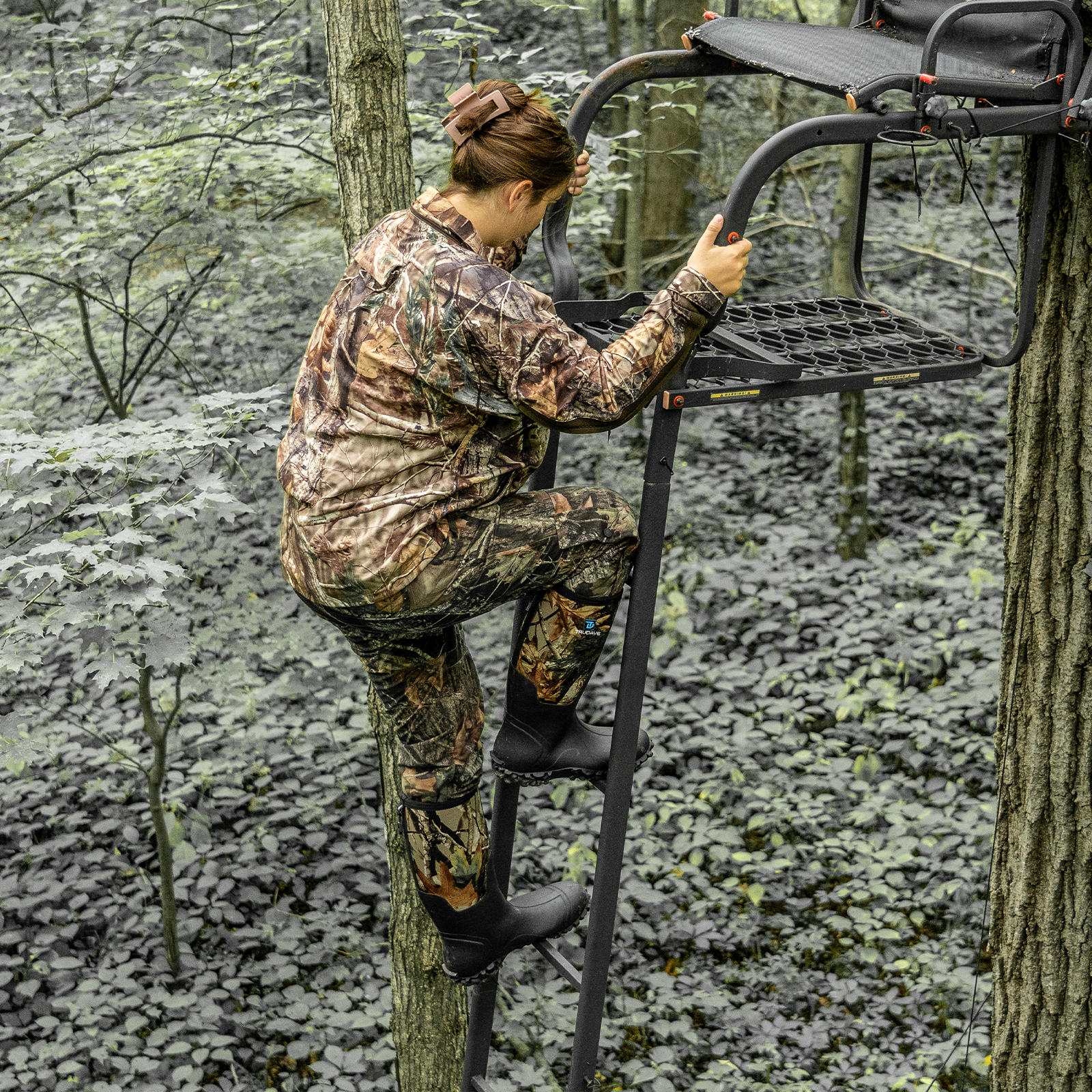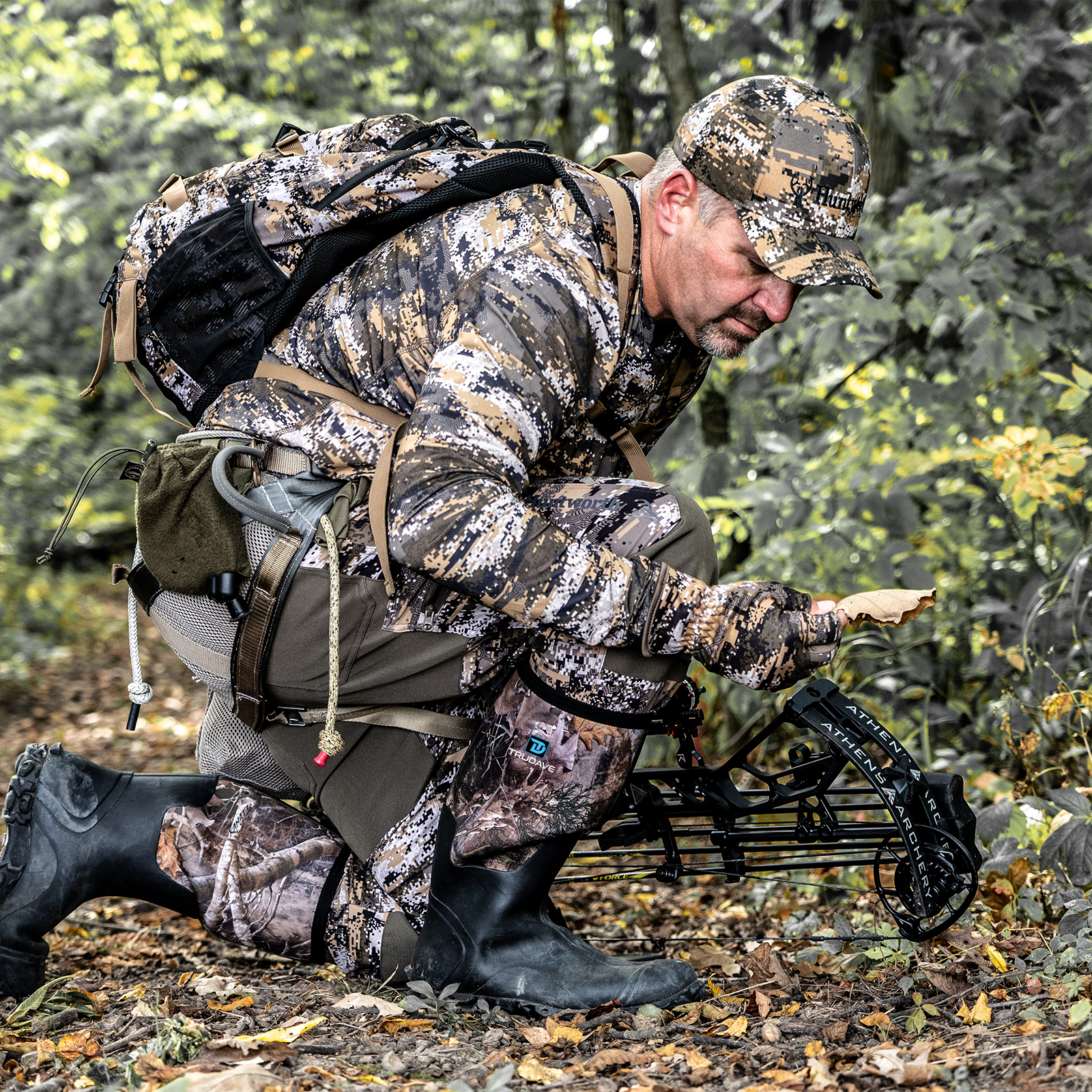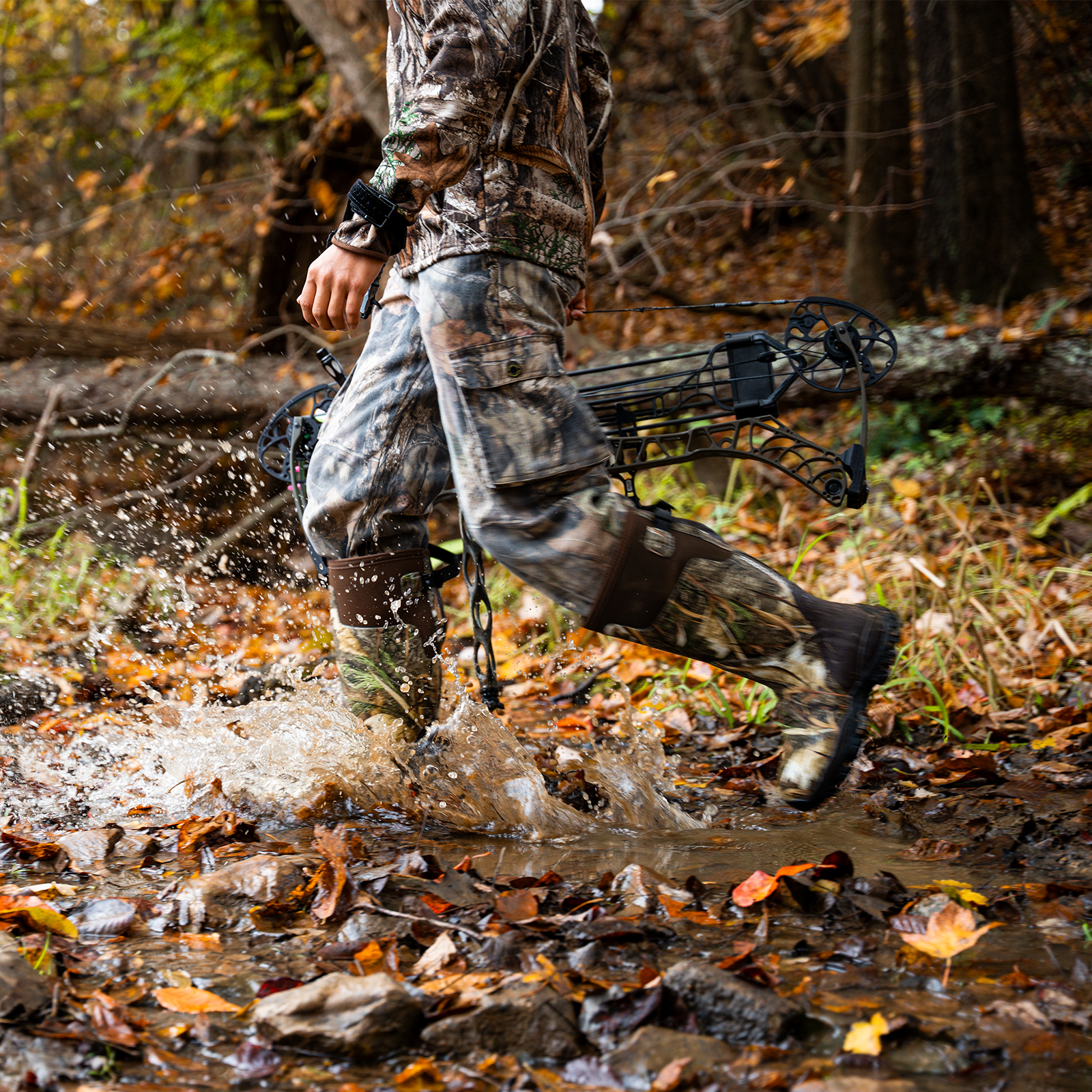This article is edited by Trudave. With years of expertise in waterproof apparel and footwear, Trudave aims to provide impartial and professional advice on selecting hunting gear for different seasons. Please note that this article does not feature Trudave products, but if you find it helpful, we would appreciate your support! Visit our official website: https://trudavegear.com.
Why Duck Hunting Gets in Your Blood
There’s something almost spiritual about duck hunting. The way the marsh wakes up before sunrise — the cold air, the still water, the distant quack — it’s not just about shooting ducks; it’s about being part of the wild.
For many, it’s therapy. The stress of work and life disappears when you’re knee-deep in the mud, waiting for that first flight. And when you finally see a flock lock their wings and drop into your decoys, your heart races — that’s the addiction every waterfowler knows.
Gearing Up for Success
Good gear doesn’t make you a pro, but bad gear will ruin your hunt in minutes. Staying warm, dry, and invisible is key to success. Here’s what you’ll need:
-
Waders: Go for 5mm neoprene or breathable insulated waders. Comfort and warmth matter more than looks.
-
Shotgun: A reliable 12 or 20 gauge with a modified choke is the gold standard. Keep it clean, because mud and cold can jam anything.
-
Ammunition: Bring more shells than you think you’ll use. Ducks will surprise you with how often they don’t cooperate.
-
Decoys: Start with a dozen mallards and one motion spinner. Ducks are visual creatures — make it look natural, not perfect.
-
Duck Calls: Learn one good mallard call and a whistle for teal or pintails. You don’t need a full orchestra — you just need to sound alive.
-
Camo & Blind: Blend into your surroundings. Grasslands, timber, or open water each need different patterns.
-
Extras: A headlamp, gloves, and thermos of coffee. Trust me, you’ll thank yourself later.
Pro Tip: Always check your waders for leaks before opening day. Cold water down your leg at 6 a.m. will test your soul.
Understanding Duck BehaviorDuck
To hunt ducks, you’ve got to understand ducks. They move for three reasons: food, rest, and safety. Migration routes, called flyways, guide their movement across North America. Depending on where you live — the Mississippi, Atlantic, Central, or Pacific Flyway — different species appear at different times.
Scouting is everything. Spend mornings glassing ponds, rivers, and flooded fields to see where ducks actually feed and land. Ducks love shallow water with cover — rice stubble, smartweed, or flooded timber. They’ll avoid wide open spaces where they feel exposed.
Decoy Spreads That Work
Your decoy setup tells a story. If that story doesn’t look right, ducks won’t buy it. On calm mornings, use a “U” or “J” shaped spread with open water in front of your blind. On windy days, widen your decoys and create a landing pocket downwind.
Movement sells realism. Use jerk cords or motion decoys to mimic rippling water and feeding ducks. A few ripples can make your spread come alive when everything else is still.
Mixing species helps too. Mallards, teal, pintails, and widgeons together give ducks confidence that it’s safe.
Pro Tip: Less is often more. Ten well-placed decoys can beat thirty sloppy ones every time.
Mastering the Call
Duck calling is like learning a language — timing matters more than volume. Start simple: the basic quack, the feeding chuckle, and the comeback call. Don’t blow nonstop; even real ducks stay quiet most of the time.
A well-timed quack when ducks are circling can make them commit. Overcalling, on the other hand, can make them flare and vanish. Practice in your car, not your house. Everyone in your family will thank you.
Reading the Weather
Ducks move with the weather. Cold fronts bring new flocks south, and the best hunts happen right after a storm. Cloudy, windy days are ideal — ducks fly lower and respond better to calls.
Sunny, still mornings look nice, but they’re tough. Ducks see everything, and you’ll need flawless concealment and patience.
Wind direction matters. Ducks land into the wind, so always set your decoys downwind from your blind.
The Marsh Code
Duck hunting has its own unwritten rules — what hunters call the Marsh Code. Respect other hunters, the land, and the birds. Pick up your spent shells, never crowd someone else’s blind, and don’t sky-bust (shooting too far).
If another hunter beats you to a spot, shake hands and move on. There’s always another hole, another sunrise, another hunt. The best hunters protect the tradition by being good people first.
The Real Joy
Duck hunting isn’t about numbers — it’s about moments. Watching the sunrise through fog, hearing your dog crash through the water, or laughing with friends after a missed shot — those are the things you’ll remember.
It’s a tradition passed from generation to generation, a reminder that even in a chaotic world, there’s still peace in the marsh.
So gear up, step into the mud, and join the obsession. The ducks are waiting.
Built for hunters, made for legends — grab your Trudave gear and chase what sets your soul on fire.
Explore the wild. Own your season.
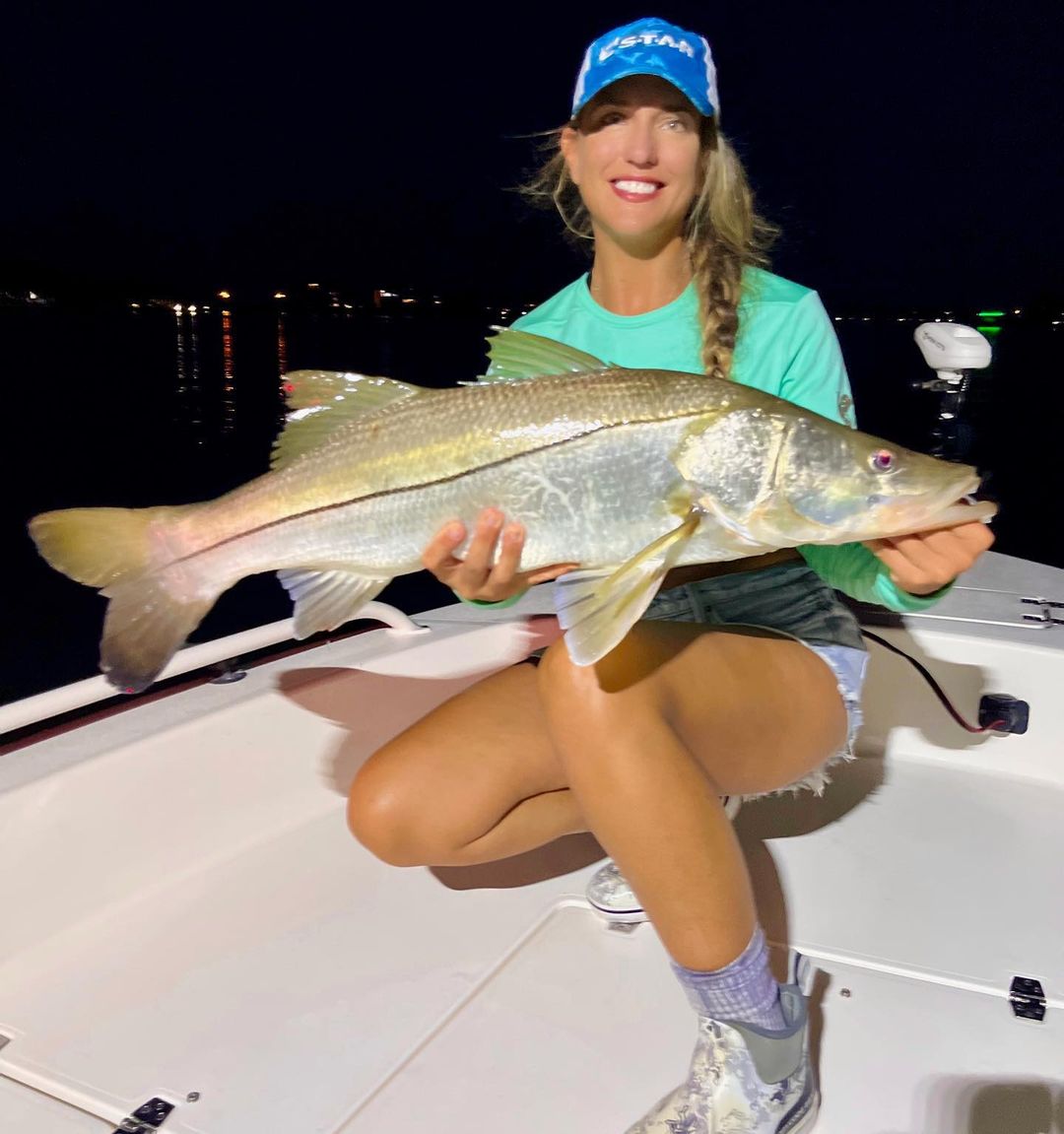
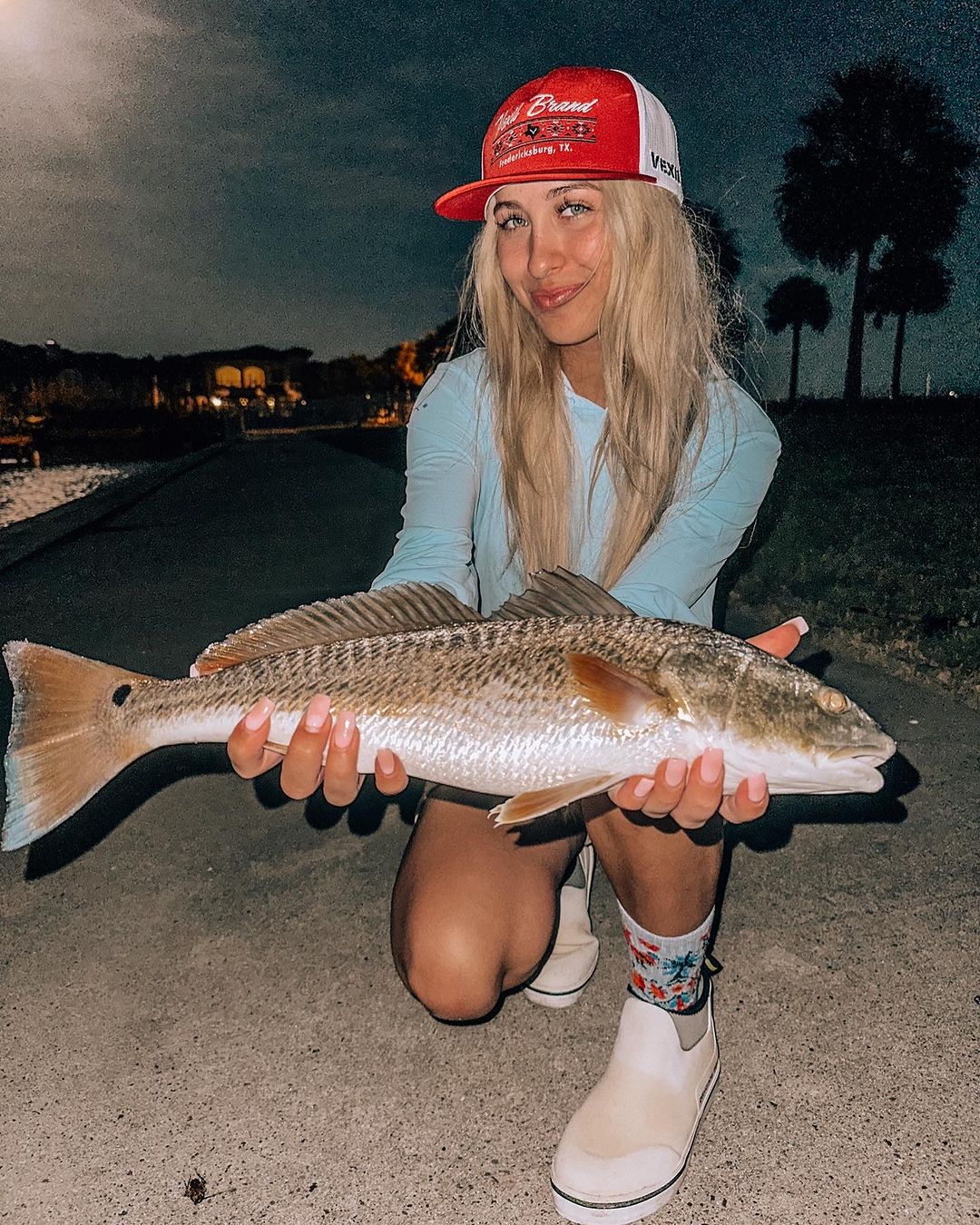
Authoritative Resources
If you'd like to learn more about hunting gear, outdoor activity safety, or related information, you can visit the following authoritative websites:
- National Rifle Association (NRA): https://www.nra.org/
- Outdoor Industry Association: https://outdoorindustry.org/
- Bureau of Land Management (BLM): https://www.blm.gov/
- Wildlife Conservation Society: https://www.wcs.org/
Additionally, if you're looking for high-quality waterproof gear, be sure to check out Trudave’s official website to explore our curated selection of products designed to keep you dry and comfortable during any outdoor adventure.
Thank you for reading and supporting us. We hope you have an extraordinary experience on every outdoor adventure you embark on!

